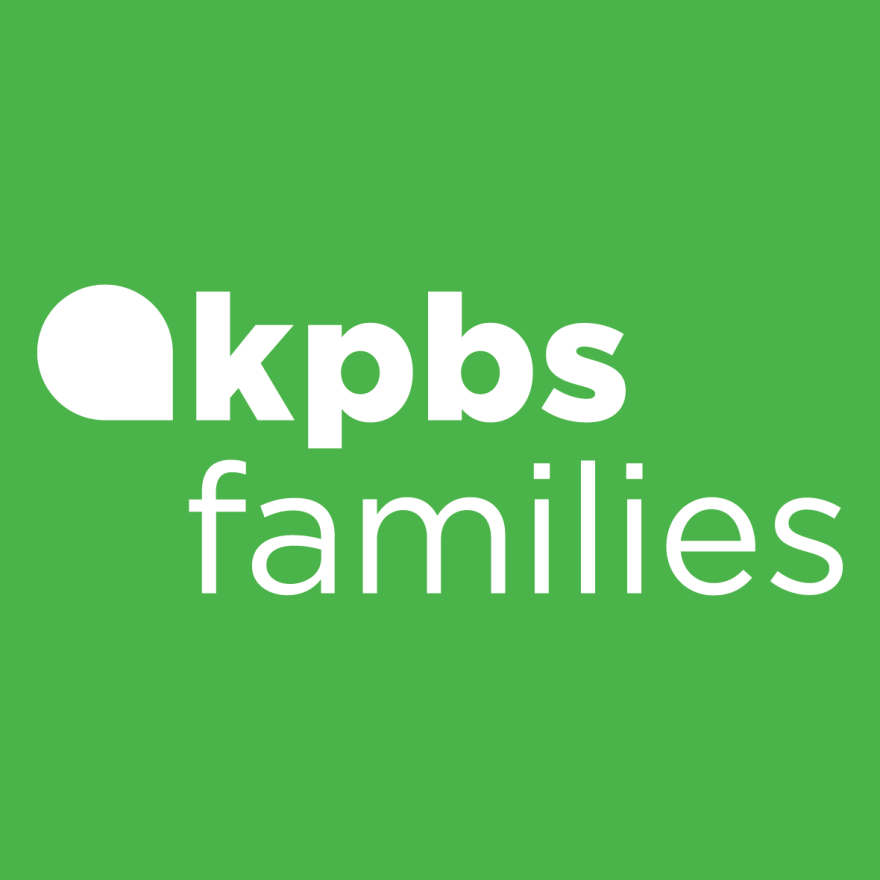The State is projecting K-12 public school enrollment in California will drop by 9% before the end of the decade. Reasons for the decrease in students include transfers to other districts or to private schools, and families leaving the state for more affordable living.
That means that by 2030 more than 500,000 students will leave the state's public school system – which is already struggling to come back from COVID-19.
In the Poway Unified School District, the drop has been significant since the initial pandemic shut down in March 2020. At that time, the total enrollment numbers provided by the district showed 36,514. A year later in February 2021, that dropped to 35,614 students. Just last month, it was at barely 35,000 students — a total loss of 1,460 in two years.
Poway Unified is among the lowest state-funded districts in San Diego County. It is critical for the district’s funding that students get to class.
RELATED: US labor shortage feeds Tijuana's nascent tech industry
“We would really like to see the continuity of funding,” said Carol Osborne, Associate Superintendent of Learning Support Services for PUSD, “otherwise there is a concern, is this going away next year and are there going to be cuts?”
For a hundred years, California has funded districts through average daily attendance (ADA) records. This spring, state legislators are considering a bill that would replace the average daily attendance formula with total enrollment numbers each semester. That could bring in an additional $3 billion in annual state funding for schools to use for attendance incentives.
In smaller districts — like San Ysidro Schools with just seven campuses — the financial impact is immediate as attendance drops along with state funding. Thirty percent of the district’s children are unhoused. “These are the very children that need more resources,” said San Ysidro School District Superintendent Gina Potter. “They need their resources not only for social-emotional learning but for food and shelter so they can have a more stable home life.”
-
Recent readings from wastewater treatment plants have shown an uptick that could reflect COVID-19 infections on the rise.
-
There’s a recently available drug for San Diegans whose immune systems are not able fight COVID-19, but for some, access is an issue.








